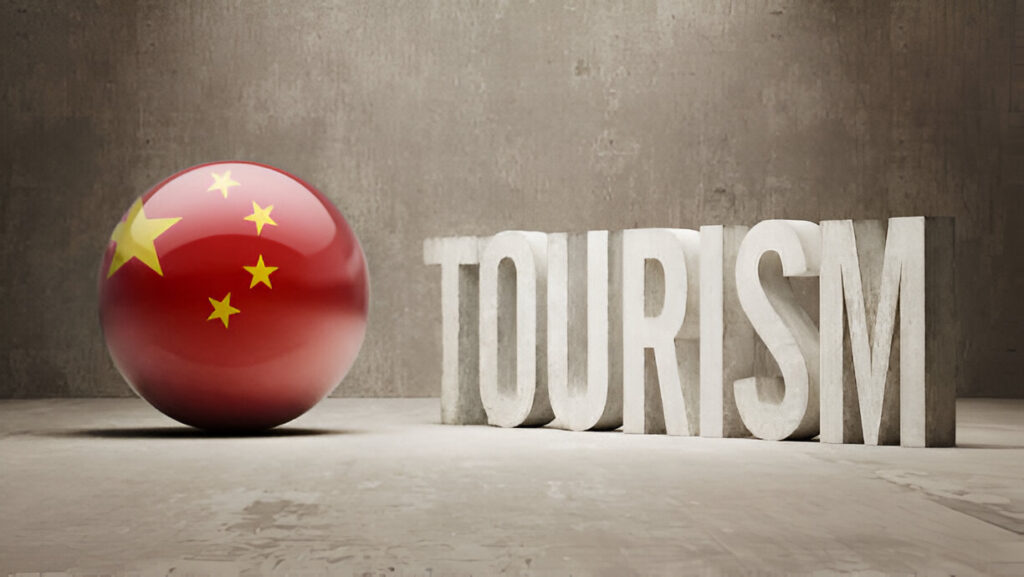The Dragon Takes Flight: A Tourism Transformation
Imagine, you are in the centre of the night market, in Chengdu, where you can smell Sichuan peppercorns mingling with the sound of happy laughing people. Conversely, other Chinese trip to the view of the Eiffel tower and he or she is thousands of miles apart as their sightseeing groups look at the splendor of the Great Wall.It is not mere traveling but a shaking up of international tourism. In the last ten years, China has changed to qualify as the engine room of the world.
The emergence of China to the tourism sector is not only a matter of statistics- they are astounding. It is about the remaking of travel patterns, infrastructure aspirations and cultural bravado. The history of china tourism industry, based in Beijing with its imperial palaces and modern Shanghai in its neon-lit futurism, has been synonymous with progress, perseverance and advancement. Willing to know how? On to it.
From Bamboo Curtain to Global Spotlight
History
A brief historical perspective will help us to understand the context of this process in relation to the development of the past and present. Only 4 decades ago, China received less than 2 million foreign tourists every year. Travel constraints, lack of proper infrastructure, geographical restrictions among others denied it a place in the tourism map. The forecast of 2024: In 2024, China has received 82 million foreign tourists in 2023 and its domestic travellers had covered 1.5 billion domestic journeys in the country. This incredible surge reflects in economic reforms of the country. Wanderlust was incited as the disposable incomes skyrocketed, and it made a permanent change in how the china tourism was viewed.
The Perfect Storm: Growth Drivers
- A number of forces boosted this growth: Economic Boom: GDP per capita increased 60 times since 1990. The travel moved back to the luxury to lifestyle.
- Policy Power Plays: Visa relaxation, tourism year campaigns and deregulation of aviation industry were floodgates.
- Infrastructure Magic: The largest high-speed rail system (42000 km!) in the world ties ancient towns and technology hotspots in hours.
- Digital Dominance: The Alipay and Ctrip apps help the population to book a trip like a bubble tea.
“China didn’t just enter the tourism race—it redesigned the track,” notes Li Wei, a Beijing-based travel analyst.
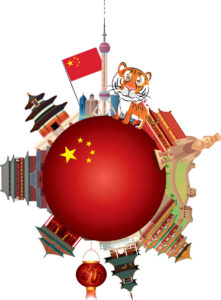
Domestic Dynamo: The Engine Beneath the Boom
Homegrown Wanderlust
Forget “staycations”—China’s domestic travel scene is a high-octane phenomenon. In 2023 alone:
1.5 billion domestic trips generated $825 billion USD
Rural gems like Yunnan’s tea terraces and Xinjiang’s deserts saw 200% growth
Holiday periods (e.g., Golden Week) move populations larger than Germany’s
Rising Stars Beyond Beijing
While classics like the Forbidden City remain staples, new hotspots are emerging:
Chongqing: Cyberpunk aesthetics meet hotpot heaven (120 million visitors in 2023)
Hainan Island: Duty-free shopping lures luxury seekers
Xi’an: Tech-enhanced Terracotta Warrior exhibits
This domestic surge funds infrastructure and creates globally scalable tourism models—proving the china tourism industry thrives on home soil first.
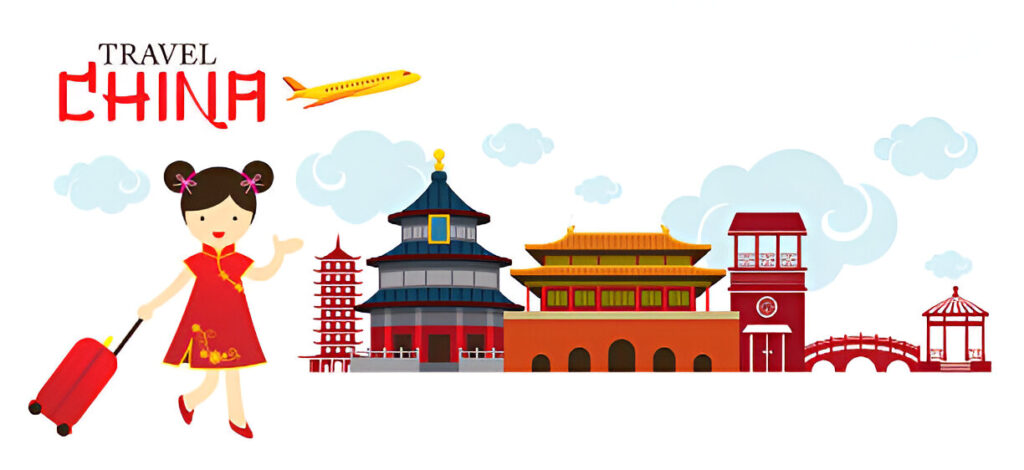
Outbound Odyssey: Reshaping the World
The Spending Tsunami
Chinese tourists spent $255 billion overseas in 2023—dwarfing any other nation. But their habits are evolving:
Beyond Bargains: Luxury shopping dips, while culinary tours/adventure hikes rise
Solo & Savvy: 48% now travel independently vs. packaged tours
Digital Natives: 90% use mobile payments abroad; social media dictates destinations
Continents Courting the Dragon
Destinations scramble to adapt:
Europe rolls out WeChat Pay and Mandarin signage
Thailand waived visas for Chinese nationals in 2024
Japan trains staff in “China-ready” hospitality nuances
Fun Fact: Iceland saw a 450% Chinese visitor surge after influencers filmed aurora selfies!
Welcoming the World: China’s Inbound Ambition
Barriers to Bridges
Historically, China struggled with inbound tourism due to language gaps, pollution concerns, and visa friction. The response? A full-court press:
Visa Liberalism: 72/144-hour transit visas for 53 nationalities
Eco-Revamp: “Green tourism” investments in smog-plagued cities
Cultural Soft Power: K-pop rival C-pop concerts; “Hello China” streaming campaigns
High-Impact Hotspots
Government initiatives spotlight lesser-known wonders:
Silk Road relics in Gansu
Hakka earthen buildings in Fujian
Tibetan plateau treks
“We’re not selling a destination—we’re offering an epoch,” states Zhang Hui, a Shanghai tourism official.
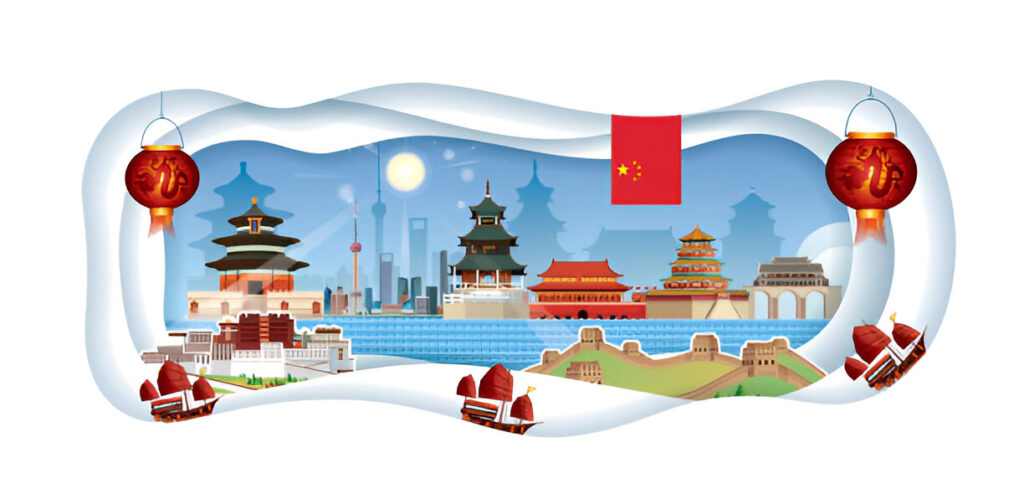
Navigating Turbulence: Challenges Ahead
Growth Pains
Even powerhouses face hurdles:
Over tourism: Lijiang’s canals now resemble crowded subways
Sustainability: Plastic waste up 70% at Mount Everest base camps
Geopolitics: Trade tensions impact U.S./Europe travel sentiment
Innovation as the Antidote
China’s responses showcase agility:
AI Rangers: Facial recognition caps entries at fragile sites
Carbon Goals: Hainan Island targets net-zero by 2030
Rural Revival: Homestays revitalize depopulated villages
The rise of China in tourism hinges on balancing scale with stewardship.
The Horizon: What’s Next?
Tech Titans & Tourism
Expect these game-changers:
Metaverse Tours: VR walks on the Great Wall before booking
Robot Hotels: Pilot projects in Hangzhou and Shenzhen
Space Tourism: Suborbital flights from Chinese launch pads by 2028
Global Ripple Effects
The global tourism industry must adapt to China’s new norms:
Year-round travel (vs. seasonal peaks)
Demand for hyper-personalization
Blended business/leisure “bleisure” trips
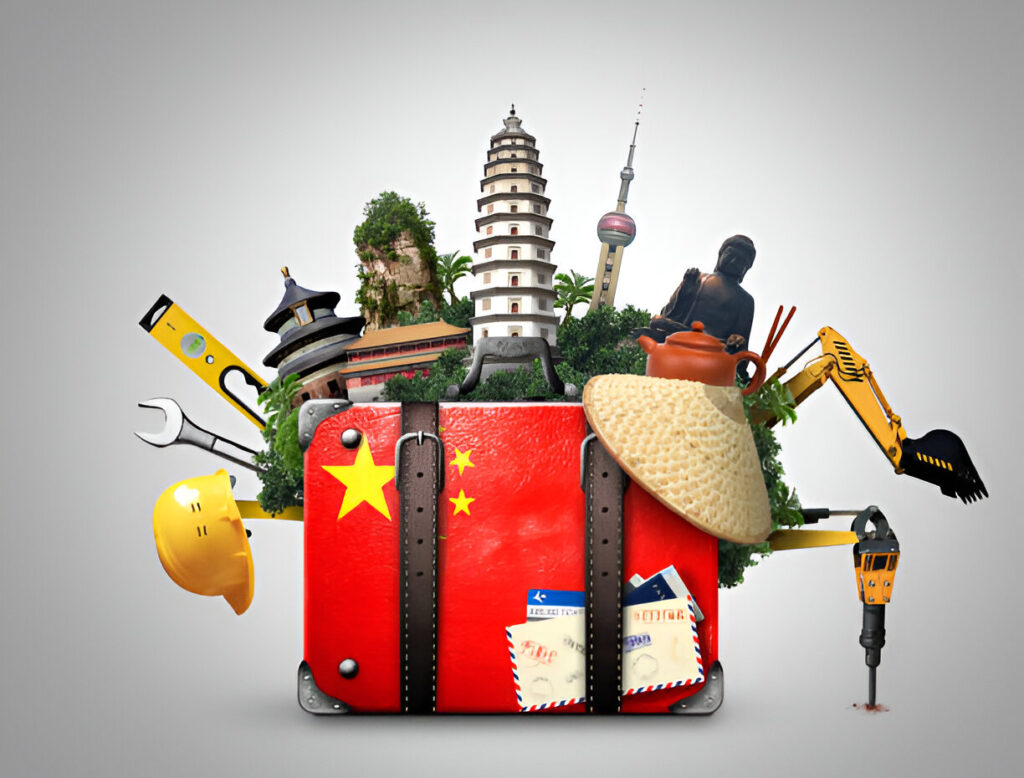
The Final Stamp on Your Passport
China’s ascent as a tourism superpower is no blip—it’s a blueprint. It rewrote rules by marrying ancient heritage with AI efficiency, domestic strength with global influence. The China tourism wave lifts all boats: a family-run guesthouse in Guizhou, a Parisian boutique, and the planet’s understanding of cultural exchange.
One thing’s certain—the dragon isn’t just flying; it’s charting the course. Where it goes next will define 21st-century travel.
